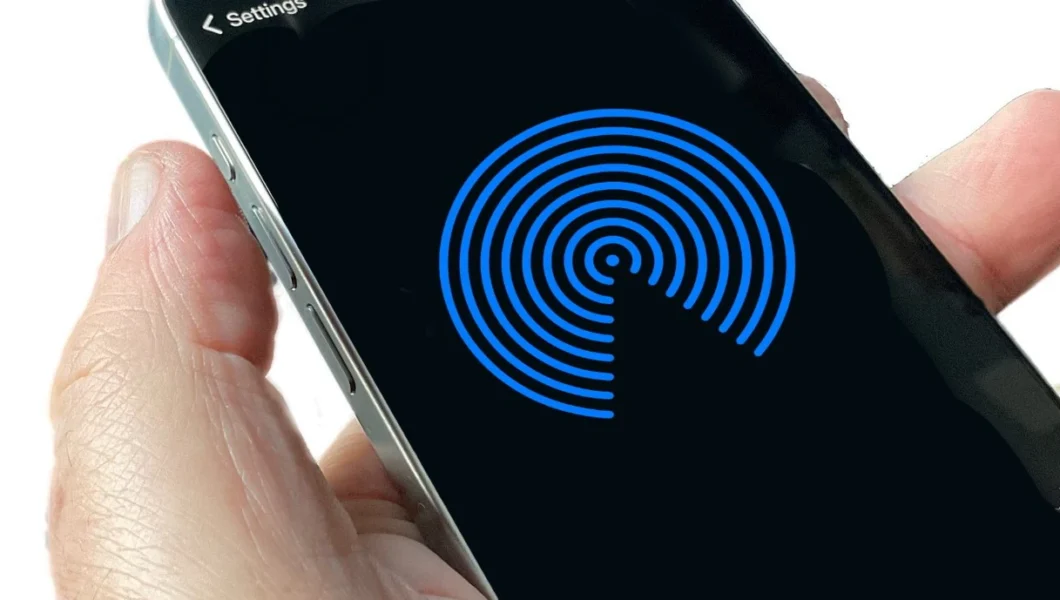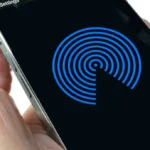Future AirDrop could use light for incredibly fast and secure data transfers
AirDrop, the wireless data sharing feature found across Apple‘s ecosystem, including iPhone, iPad, and Mac, is poised for a transformation. Rather than relying on conventional methods like Bluetooth and Wi-Fi, Apple has turned its attention towards Li-Fi, a revolutionary technology that harnesses light to transmit data.
The Emergence of Li-Fi
Li-Fi, as the name suggests, employs light waves for communication, marking a departure from traditional radio frequencies. Apple‘s exploration of Li-Fi as a superior alternative for AirDrop represents a significant leap towards enhanced security and speed in data transfers. With the potential to deliver connection speeds ranging from tens of gigabits to terabits per second, Li-Fi promises unprecedented data transfer rates. Moreover, it offers a heightened level of privacy and security, effectively overcoming the vulnerabilities associated with standard data communication protocols such as Wi-Fi and Bluetooth.
Securing the Future of Data Transmission
The recent patent granted to Apple, titled “Optical structures in directional free-space optical communication systems for portable electronic devices,” epitomizes the company’s foray into Li-Fi technology.
Notably, this patented innovation is designed to address the limitations of traditional free-space optical communication systems, particularly their reliance on precise alignment between communicating devices. Apple‘s endeavor seeks to render these systems adaptable to portable electronic devices, liberating them from the constraints of fixed positioning.
By integrating Li-Fi into AirDrop, Apple aims to elevate the security and privacy of data transfers, negating the vulnerabilities inherent in existing wireless communication methods. Li-Fi, with its reliance on light as the medium for transmission, ensures data integrity and confidentiality, offering a more secure alternative to conventional protocols.
Expanding the Horizon of Li-Fi Implementation
While the focus is currently on enhancing AirDrop, Apple‘s patent extends the scope of Li-Fi implementation beyond mobile devices. The proposal encompasses a broad spectrum of devices, ranging from smartphones and tablets to laptops, desktops, and even control and networking devices for aerial, marine, submarine, and terrestrial applications.
Apple‘s vision for Li-Fi extends further, envisioning its integration into a diverse array of devices, including clothing-embedded devices, fashion accessories, home and industrial appliances, and media appliances. This expansive outlook underscores Apple‘s commitment to revolutionizing the landscape of wireless data transmission across various domains.
The Role of Li-Fi in AirDrop’s evolution
Amidst the recent concerns raised by China regarding the potential leakage of sender information through the current AirDrop system, the adoption of Li-Fi holds promise as a robust solution. By leveraging the advanced capabilities of Li-Fi, Apple can fortify AirDrop’s security, thwarting any attempts at unauthorized access or data interception.
Furthermore, the implementation of Li-Fi technology in AirDrop is set to alleviate the existing constraints in data sharing, primarily the need for close proximity and precise alignment between devices. By eliminating these limitations, Apple aims to imbue AirDrop with enhanced efficiency, security, and user experience.
Li-Fi: A Testament to Omid Momtahan’s Innovation
The groundbreaking strides made by Apple in integrating Li-Fi into AirDrop are credited to Omid Momtahan, the key innovator behind the recently-granted patent. Momtahan’s noteworthy contributions extend across multiple domains within Apple, reflecting his dedication to advancing wireless data sharing technologies.
As Apple continues to innovate and expand the horizons of wireless communication, the integration of Li-Fi into AirDrop heralds a new era of data transfer security and speed. With this paradigm shift, Apple is poised to redefine the standards of wireless data transmission, laying the groundwork for a future marked by unprecedented security and efficiency in data sharing.
Source: appleinsider








No Comments